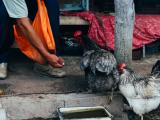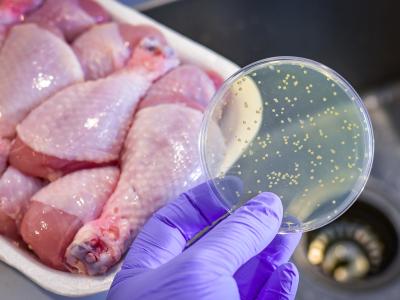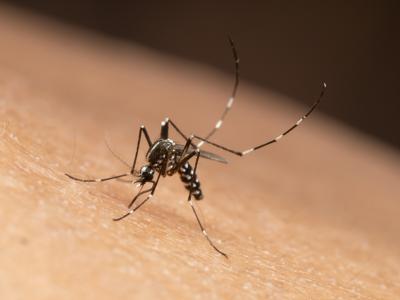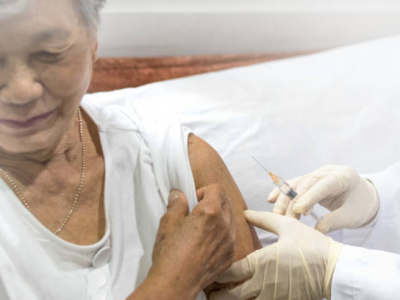Jul 2, 2012
China reports H5N1 outbreak in large chicken flock
The Xinjiang Uygur autonomous region in northwestern China has confirmed an outbreak of H5N1 avian flu in chickens that has killed 1,600 birds and led to culling of more than 150,000 additional poultry, according to reports today by the UN Food and Agriculture Organization (FAO), the World Organization for Animal Health (OIE) and Xinhua, China's state-run news service. In addition to the 1,600 deaths, the Xinjiang Production and Construction Corps (XPCC) reported that 5,500 other birds had symptoms in a flock of 156,439 chickens. Officials culled the remainder of the flock to control spread of the disease. (XPCC is an "economic and semi-military government organization of about 2.5 million people," according to Xinhua.) Mainland China has reported five other H5N1 outbreaks in domestic poultry this year.
Jul 2 FAO report
Jul 2 OIE report
Jul 2 Xinhua article
Researchers find H9N2 in Egyptian broiler poultry
Italian and Egyptian scientists have identified H9N2 avian flu in commercial broiler chickens for the first time in Egypt, according to a study today in Influenza and Other Respiratory Viruses. The researchers verified H9N2 by reverse-transcription polymerase chain reaction in cloacal, nasopharyngeal, or organ samples collected from poultry on six broiler farms and a broiler breeder farm in Giza, Beheira, Dakahlia, and Sharkia governorates from February 2010 to August 2011. The affected poultry showed respiratory signs at the time of sampling, and the flocks had death rates of 7% to 12.8%. Although the study authors found no evidence of H5N1 infection in the birds, they caution that co-circulation of the two strains in Egypt "provides an opportunity for genetic reassortment and emergence of novel viruses." The only previous confirmation of H9N2 in domestic birds in Egypt was on a quail farm, the researchers reported. H9N2 viruses have been found in birds throughout Asia, the Middle East, Europe, and Africa and have been limited to low-pathogenicity strains.
Jul 2 Influenza Other Respi Viruses abstract
CDC information on influenza A virus types and subtypes
Study finds high mortality in H1N1 patients treated with peramivir
Researchers report that 29 (51%) of 57 critically ill California patients who received intravenous peramivir during the 2009 H1N1 flu pandemic died, raising questions about the safety and efficacy of the drug. Peramivir was made available under an emergency use authorization during the pandemic for hospitalized patients who were not responding to oral or inhaled antiviral treatment. Writing in PLoS One, the researchers say that 1,684 California residents were placed in intensive care units (ICUs) and received antiviral treatment during the pandemic. Of the 57 peramivir patients, 55 had pneumonia, 52 needed mechanical ventilation, and 14 had evidence of a bacterial co-infection at admission. Compared with the 1,627 ICU patients who didn't receive peramivir, the peramivir patients were significantly more likely to be diagnosed as having pneumonia and acute respiratory distress syndrome or sepsis, to need mechanical ventilation, and to die. Obesity was slightly more common in the peramivir patients, but other co-morbid conditions were about equally prevalent in both groups. "The high mortality could be due to the pre-existing clinical severity of cases prior to request for peramivir, but also raises questions about peramivir safety and effectiveness in hospitalized and critically ill patients," the report says. "The use of peramivir merits further study in randomized controlled trials, or by use of methods such as propensity scoring and matching, to assess clinical effectiveness and safety."
Jun 29 PLoS One report




















